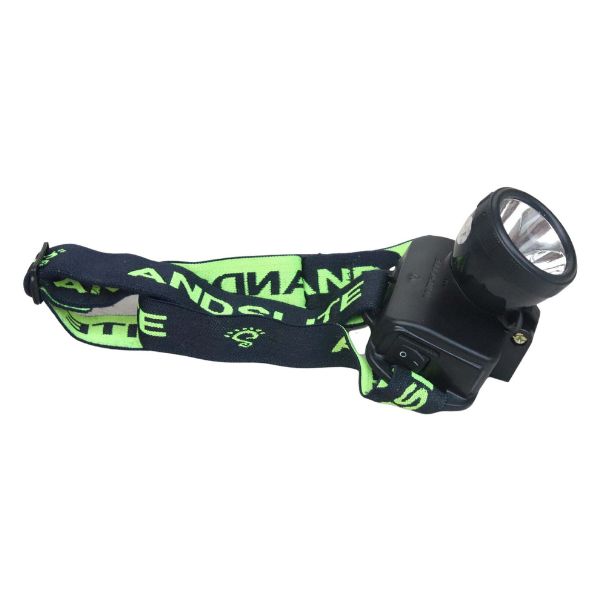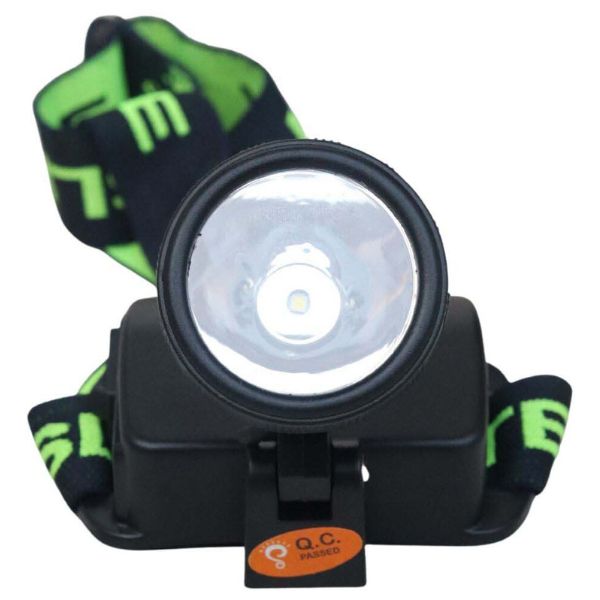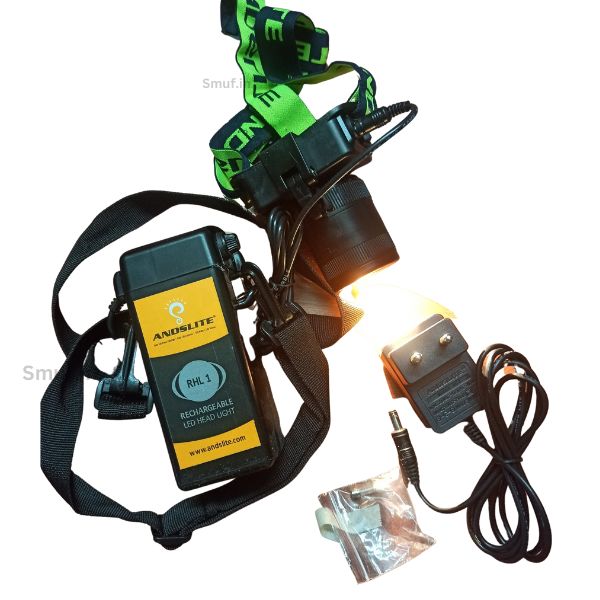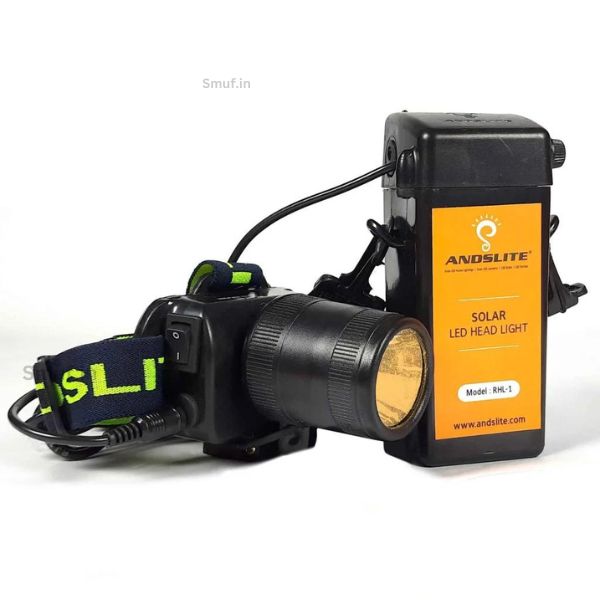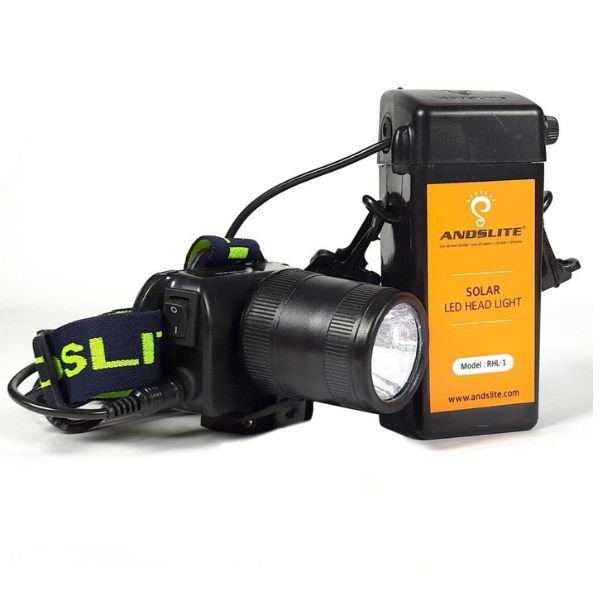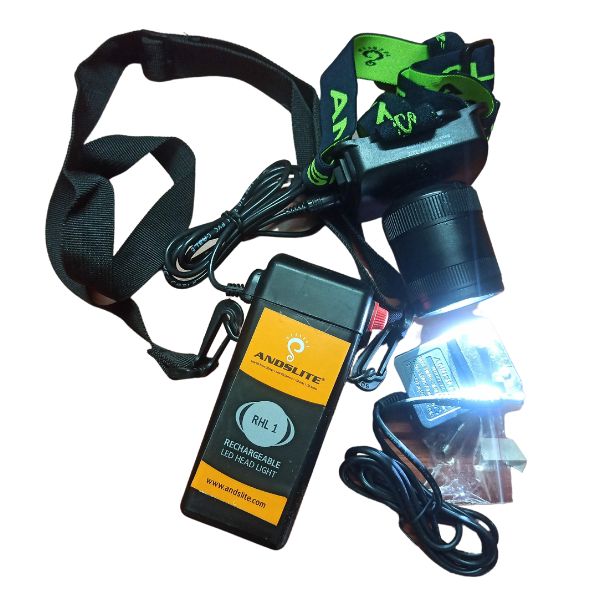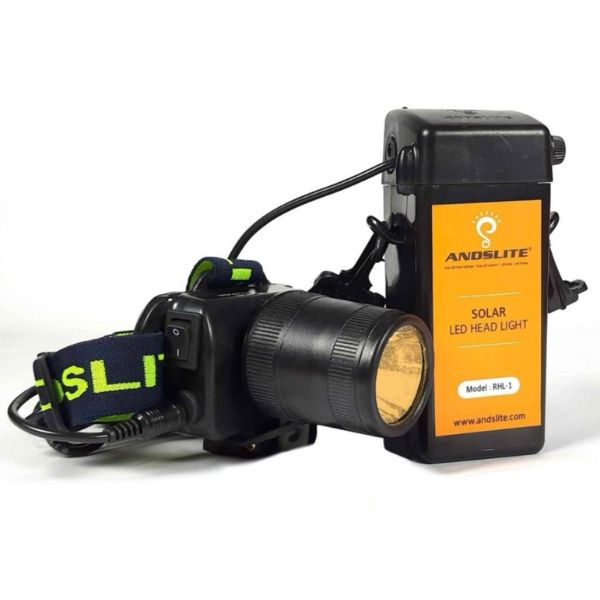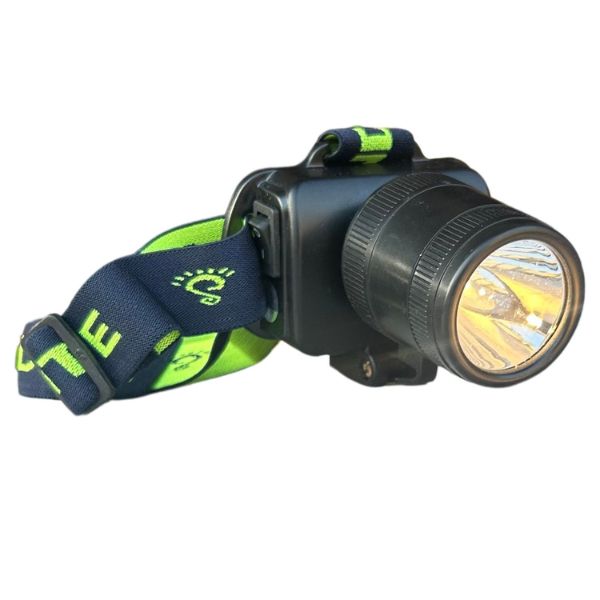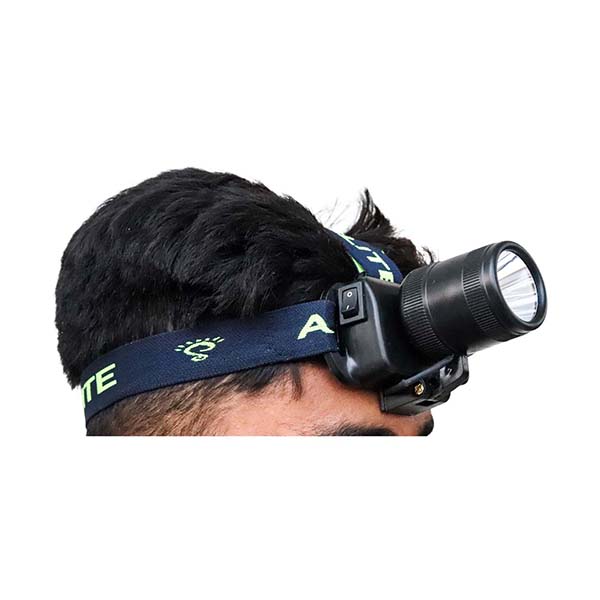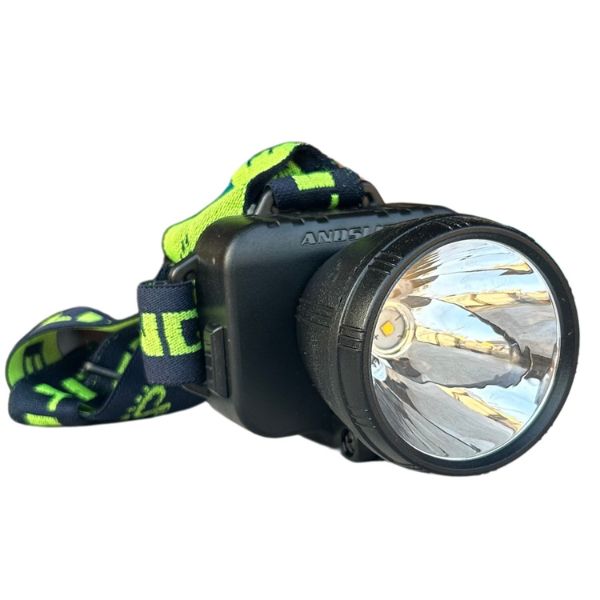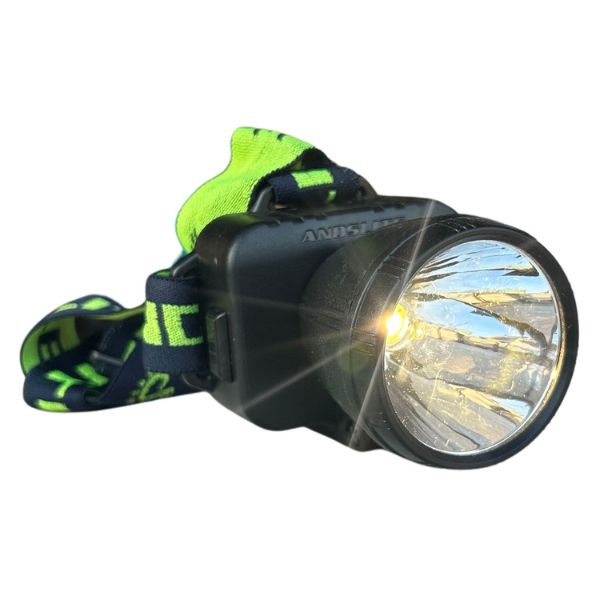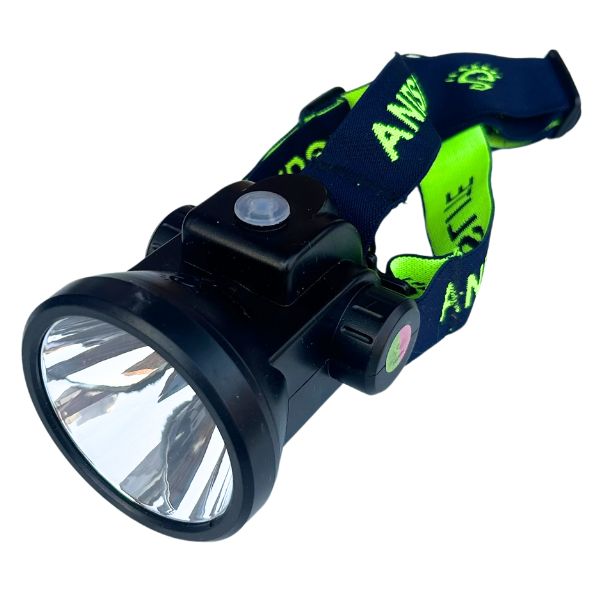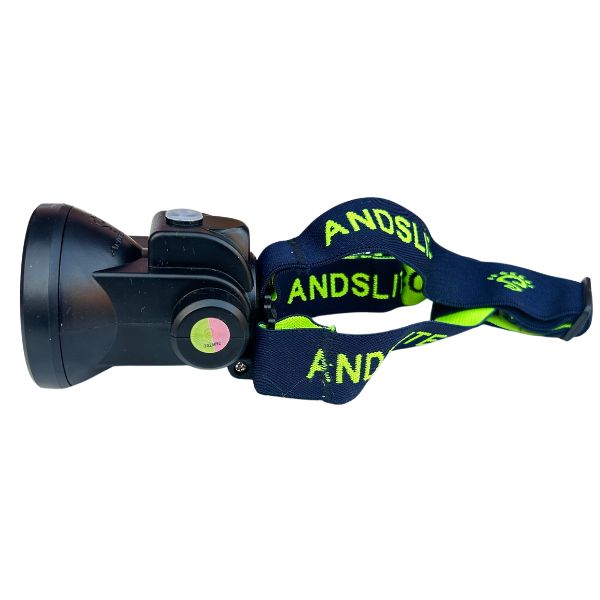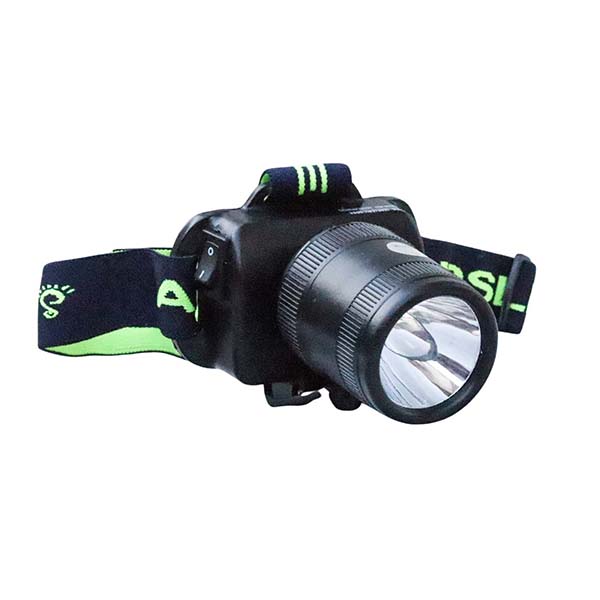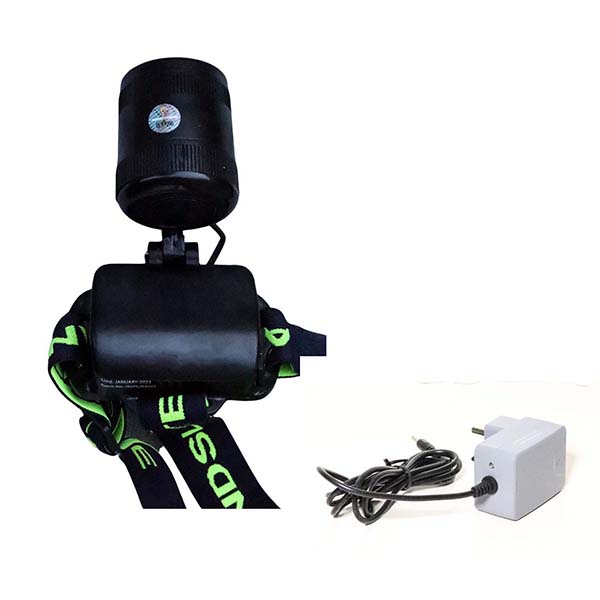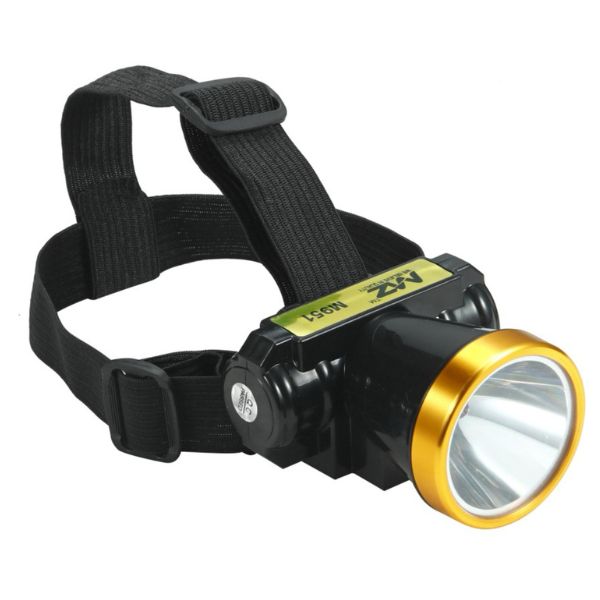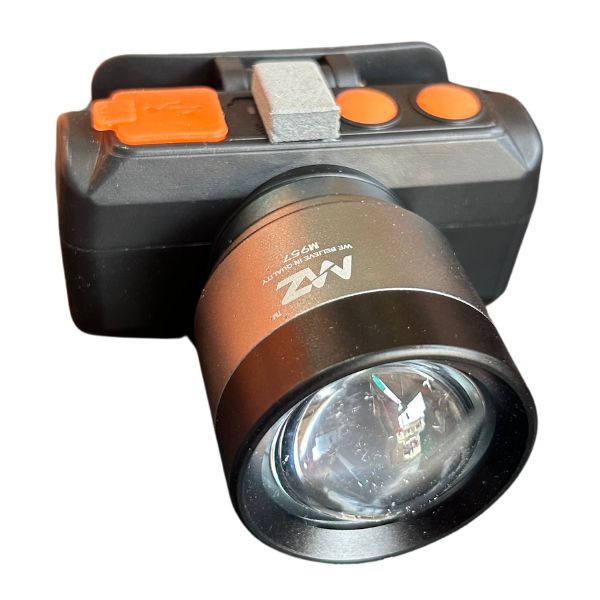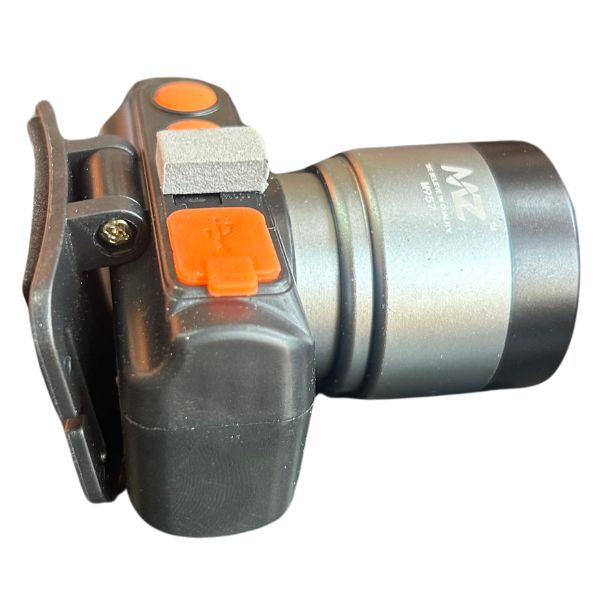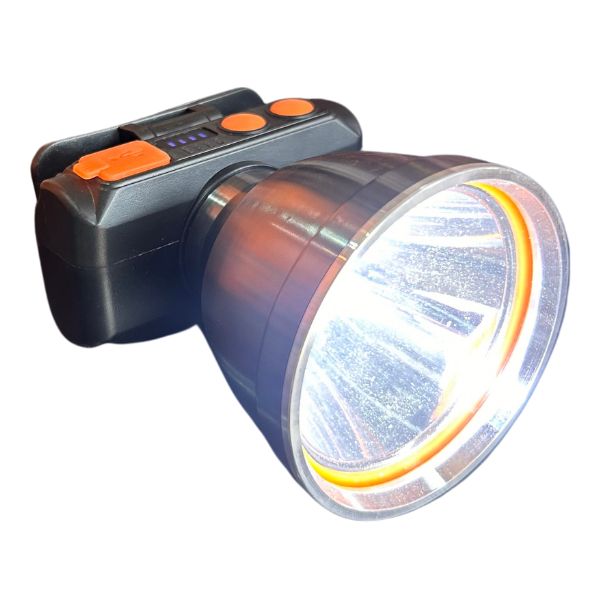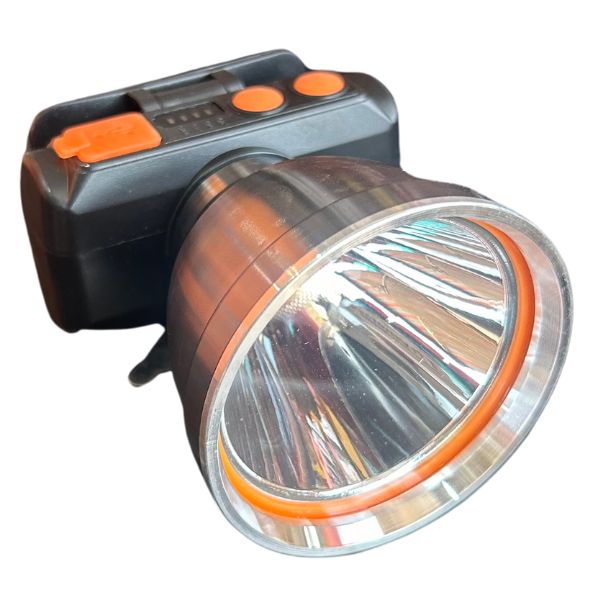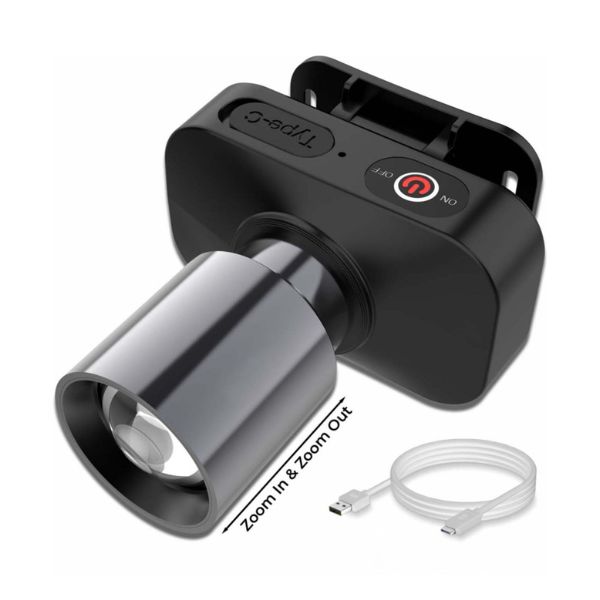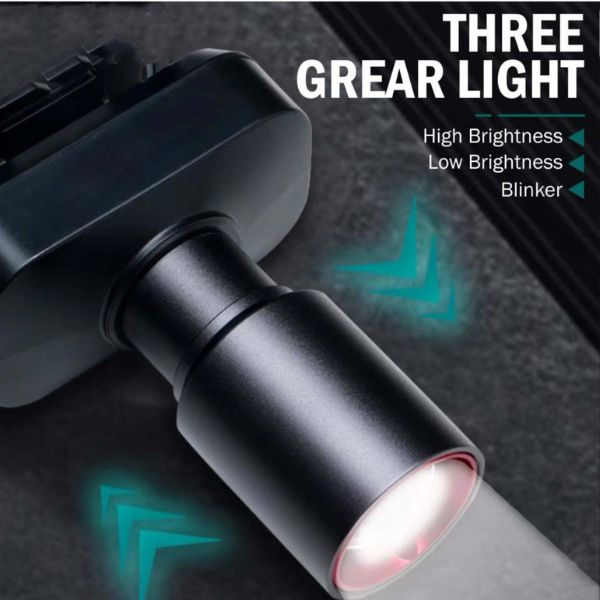Andslite Picker Rechargeable Head Lamp
Rated 5.00 out of 5
(1)
Andslite RHL 1 Rechargeable Head Light
Rated 4.83 out of 5
(24)
Andslite RHL 1 White Rechargeable Head Light
Rated 5.00 out of 5
(9)
Andslite RHL 1 Yellow 12 Hours Backup Head Light
Rated 4.70 out of 5
(27)
Andslite RHL 2 Warm White Head Light
Rated 5.00 out of 5
(14)
Andslite RHL 3 Warm White Head Light
Rated 5.00 out of 5
(11)
Andslite RHL 4 Rechargeable LED Head Light
Rated 4.50 out of 5
(2)
Andslite RHL-2 Rechargeable 8 Hours Backup Head Lamp
Rated 4.75 out of 5
(4)
MZ M951 Rechargeable Headlight
Rated 0 out of 5
MZ M957 Rechargeable Sensor Motion Headlight
Rated 4.67 out of 5
(3)
MZ M959 Rechargeable Sensor Motion Headlight
Rated 5.00 out of 5
(6)
Rock Light RL-2133 Metal Body With 3 Mode Zooming Head Light
Rated 4.93 out of 5
(30)
Load more products
Loading...
Head Torch Light
Head torch lights are indispensable companions in the vast spectrum of portable illumination tools, offering hands-free lighting solutions for many activities and environments. From outdoor adventures to professional tasks and emergencies, headlamps provide convenience, versatility, and reliability. In this comprehensive exploration, we delve into the world of headlamps, uncovering their features, applications, innovations, and their profound impact on enhancing human experiences.
A headlamp, or a head torch light or torch, is a portable lighting device worn on the head or attached to headgear, such as a helmet or cap. It typically consists of a light source, a housing or casing, straps for securing the head, and controls for adjusting brightness levels and modes. Initially developed for miners and outdoor enthusiasts, headlamps have evolved into essential tools embraced by a diverse range of users for various purposes.
Head Torch Light Features
The best head torch lights share several key features and characteristics that contribute to their effectiveness and appeal:
Light Source: Head torch light utilize light-emitting diodes (LEDs) as the primary light source due to their energy efficiency, durability, and brightness. LEDs produce intense illumination while consuming minimal power, resulting in longer battery life and extended runtime.
Adjustable Straps: Head torch light straps are designed for comfort, stability, and adjustability to accommodate different head sizes and preferences. They may feature elastic bands, buckles, or sliding mechanisms for easy fitting and secure attachment during activities.
Multiple Lighting Modes: Many head torch light offer versatile lighting modes, including adjustable brightness levels, spot and flood beams, red or white light options, and strobe or SOS functions for signaling and emergencies. These modes enhance adaptability to various tasks, environments, and user preferences.
Tilt and Swivel Mechanism: A tiltable and swiveling head torch light housing allows users to adjust the angle and direction of the light beam, providing optimal illumination for specific tasks, such as reading, working, or navigating uneven terrain.
Water Resistance: Headlamps are often designed to withstand exposure to moisture, rain, or splashing, with ratings ranging from water-resistant to fully waterproof. This feature ensures reliability and functionality in outdoor environments and adverse weather conditions.
Battery Type and Runtime: Headlamps may be powered by disposable batteries (e.g., alkaline or lithium) or rechargeable batteries (e.g., lithium-ion), each offering unique advantages regarding convenience, cost, and environmental impact. Rechargeable headlamps provide long-term cost savings and reduce waste, while disposable batteries offer flexibility and availability in remote locations.
Weight and Comfort: Lightweight and ergonomic design are essential for headlamp comfort during extended use. Quality headlamps prioritize weight distribution, padding, and ventilation to minimize fatigue and discomfort, particularly during physical activities.
Durability and Impact Resistance: Head torch light are subjected to rigorous testing for durability, impact resistance, and reliability in challenging environments and conditions. They may feature rugged construction materials such as aluminum, polycarbonate, or reinforced polymers to withstand drops, bumps, and rough handling.
Applications and Use Cases
Head torch light find applications across a wide range of activities, professions, and environments, serving as indispensable tools in numerous scenarios:
Outdoor Recreation: Head torch light are essential for camping, hiking, backpacking, and mountaineering, providing hands-free illumination for navigating trails, setting up camp, cooking, and reading after dark.
Running and Jogging: Head torch light enhance visibility and safety for runners and joggers during early morning or evening workouts, illuminating paths, sidewalks, and roads to prevent accidents and improve situational awareness.
Cycling: Cyclists utilize headlamps for nighttime or low-light cycling, increasing visibility to motorists, pedestrians, and obstacles on the road while maintaining hands-free control of their bicycles.
Fishing and Hunting: Anglers and hunters rely on head torch light for hands-free lighting during pre-dawn or twilight fishing and hunting trips, illuminating tackle, bait, game trails, and shooting lanes precisely and clearly.
Professional and Industrial Use: Headlamps are indispensable tools for professionals in various fields, including construction, maintenance, inspection, and repair. They provide focused illumination for hands-on tasks in confined spaces, underground tunnels, and dimly lit environments.
Emergency Preparedness: In emergencies such as power outages, natural disasters, or vehicle breakdowns, headlamps offer reliable lighting for evacuation routes, emergency shelters, search and rescue operations, and medical triage.
Caving and Exploration: Spelunkers and explorers depend on headlamps for exploring caves, underground caverns, and remote wilderness areas, illuminating intricate passages, rock formations, and navigational markers.
Choosing the Best Head Torch Light
Selecting the suitable head torch light involves considering various factors to ensure optimal performance, comfort, and suitability for intended applications:
Brightness and Beam Distance: Assess the headlamp's light output (measured in lumens) and beam distance to determine its illumination capabilities and range. Higher lumens and longer beam distances are advantageous for tasks requiring extended reach or enhanced visibility.
Battery Type and Runtime: Choose between disposable batteries (e.g., AAA, AA) and rechargeable batteries (e.g., lithium-ion) based on preferences for convenience, cost, and environmental impact. Consider the headlamp's runtime on different brightness settings and the availability of charging options for rechargeable models.
Lighting Modes and Adjustability: Evaluate the head torch light lighting modes, including brightness levels, beam patterns, and special functions (e.g., red light, strobe, SOS) to ensure compatibility with intended activities and environments. Look for adjustable tilt and swivel mechanisms for versatile beam control and positioning.
Comfort and Fit: Test the head torch light fit, weight distribution, and padding for comfort during extended wear, particularly for activities requiring physical exertion or prolonged use. Adjustable straps, padding, and ventilation provide comfort and stability during activities.
Durability and Weather Resistance: Consider the head torch light construction materials, impact resistance, and water resistance ratings to ensure reliability and functionality in challenging environments and conditions. Look for models with rugged housing, sealed seams, and waterproof seals for outdoor use.
Additional Features: Explore additional features such as battery life indicators, lockout modes, regulated output, and compatibility with accessories (e.g., helmet mounts and extension cables) to enhance convenience, usability, and versatility.








